commentary Commentary
Commentary: The iPhone 11 and Apple’s most ambitious play ever
Actually, Apple’s launch last week showcased a brilliant new strategy, say the Singapore University of Social Sciences’ Dr Lau Kong Cheen and Dr Jimmy Wong.
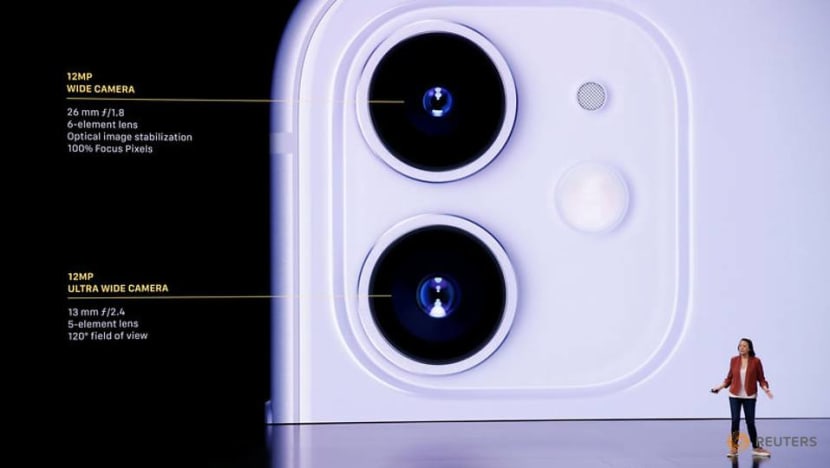
Kaiann Drance presents the new iPhone 11 at an Apple event at their headquarters in Cupertino, California, US, Sep 10, 2019. (Photo: Reuters/Stephen Lam)
SINGAPORE: There are numerous reviews spinning the tale that tech giant Apple is finally reducing the price of the new iPhone 11 because it is desperate to defend its falling market share.
According to this narrative, Apple has been missing business expectations over 2018 and 2019, with iPhone demand on the wane while competitors like Huawei and Google have eaten into smartphone sales.
Seen in this context, Apple’s launch last week was a disappointing attempt to play catch-up.
READ: Commentary: With iPhone 11, Apple is playing catch-up
Could this really be the last straw for Apple?
We would argue Apple’s launch last week was, on the contrary, a strategic move towards something bigger.
IPHONE 11: A LOW-PRICE ENTRY POINT
There are signs suggesting that Apple is not as desperate as some reviews make them out to be.
First, Apple has not cheapened the iPhone. The new iPhone 11 line-up features three models, and only the price for the basic model has been reduced (at US$699) compared to the previous basic model, the iPhone XR (at US$749).
The prices of the two remaining models, the iPhone 11 Pro and the iPhone Pro Max, are still very much set at premium levels (at about US$999 and US$1,099 each).
Second, it is also myopic to assess Apple’s overall strategy based solely on their handsets’ prices. Apple has a very ambitious strategy and their prospects look bright.
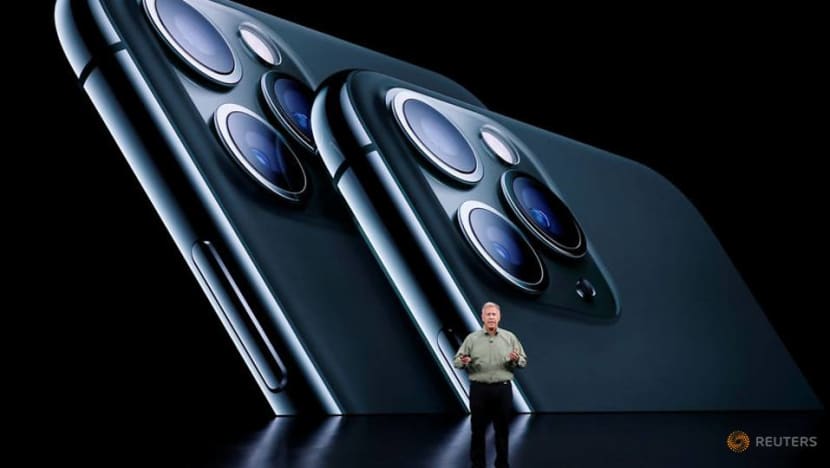
Why do we say that? To fully appreciate Apple’s strategy, you must understand that the iPhone XR, the cheaper version of the iPhone X line-up, is the most dominant model, taking up almost half of the entire iPhone XS’s share of sales in the US.
Hence, it makes sense for Apple to maintain this strategy and position the basic iPhone 11 model as the low-price “good enough” entry model of the range.
Apple’s pricing strategy is to bait more Android users to try out the iPhone since the price of this model is even less exorbitant than before.
LOCKING USERS INTO AN ECOSYSTEM
If they take the bait, Apple will be able to lock these fresh users into its ecosystem.
This ecosystem encompasses all of the necessary applications and services that would support a user's lifestyle such as payments (Apple Pay), entertainment (notably Apple TV Plus which comes free for a year for anyone who buys a new Apple gadget and Apple Arcade), and productivity (iWork).
READ: Commentary: The glorious magic of Apple’s buzz machine
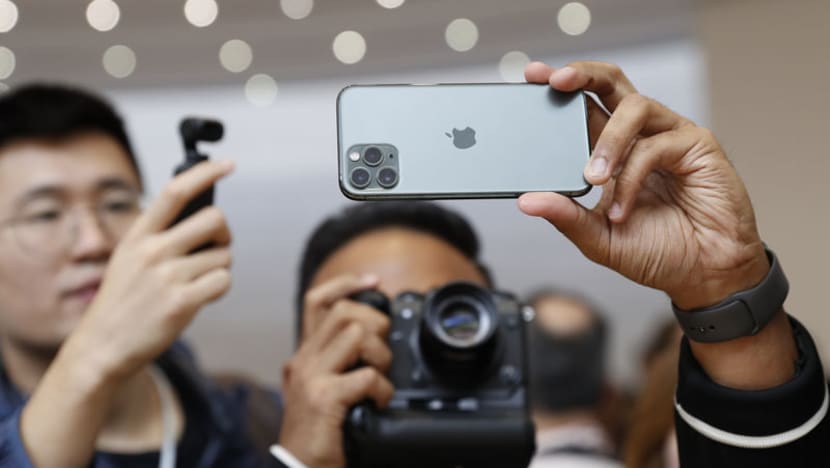
In positioning the iPhone as an affordable gateway to their services, Apple can ringfence their users and keep them from switching to other available Android services and hardware.
SELLING YOU OTHER APPLE PRODUCTS
On another front, as major markets such as the US, Europe, and China slow down due to economic uncertainty, Apple’s traditional revenue stream has indeed come under pressure.
This revenue is currently dependent on the iPhone’s handset upgrading cycle, which can stretch for as long as three to four years among users in the US market.
The rate in which iPhone users upgrade their handsets is also governed by the frequency of release of new iPhone models. However, this is in turn constrained by various factors such R&D budgets, market demand, customer expectations of novelty and other business opportunity costs. All these factors impede the growth of Apple’s revenue.
To alleviate this pressure, Apple has diversified its offerings with more revenue derived from other lifestyle accessories and services. This can boost the revenue per customer through the sale of ancillary products such as the AirPods, their world’s bestselling Apple watch, speakers and iPads.
READ: Commentary: How the Apple world is quietly changing
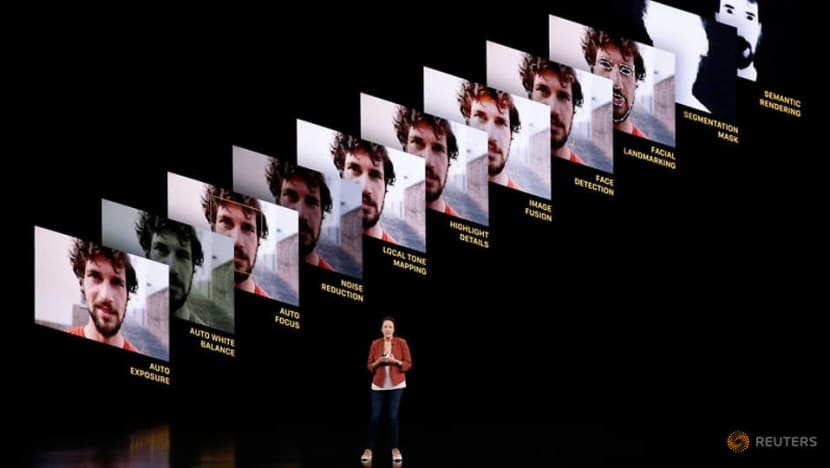
These new accessories not only complement the iPhone, but also embed consumers in the Apple ecosystem. They entice Apple fans to complete their Apple lifestyle with these products, and embrace the full Apple brand.
And so Apple’s focus has rightly been on bringing to the market more innovative and attractive accessories – like this launch’s Apple Watch Series 5 and its new iPad, which is also – no surprises – compatible with Apple’s Smart Keyboard.
A CONTENT PLAY
Besides using accessories to strengthen its ecosystem, Apple is also reinventing itself as a content provider. Last quarter, financial reports indicated that Apple services contribute nearly 21 per cent to their revenue stream.
Some services Apple is aggressively developing are in entertainment and payments, for instance Apple TV Plus to rival Netflix, Amazon, and Disney. From a business perspective, entertainment promises an attractive source of revenue.
Apart from selling video content, Apple TV has the future additional ability to churn revenue from advertisements and online purchases, which can be further supported by Apple Pay and the newly launched Apple credit card, if Apple so chooses to go down this path.
From a defensive perspective, this will minimise the risk of rivals collaborating with competitors like Android that could pivot away from the iPhone.
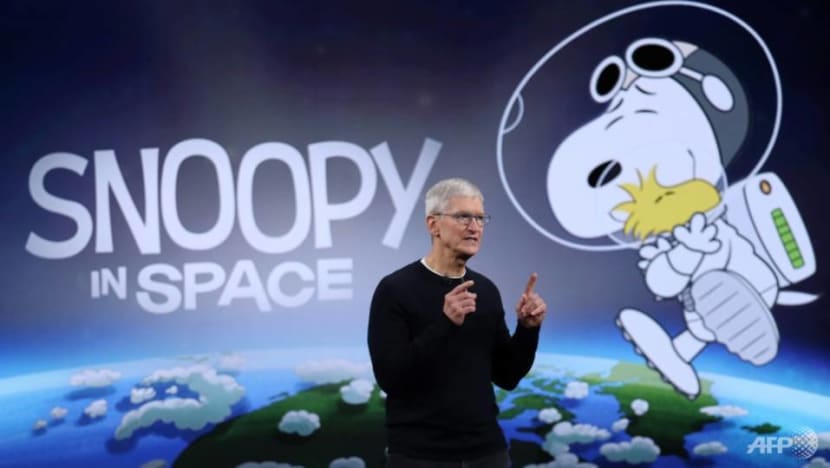
TWO CHALLENGES AHEAD
As Apple moves its chess pieces around, its success in reinventing itself will largely depend on its ability to achieve two objectives.
First, to maintain a respectable level of market dominance by making the iconic iPhones sufficiently accessible through an effective pricing structure that adequately caters to various market segments.
READ: iPhone 11, TV+ and Apple Watch: All you need to know about Appnnle's latest launches
Second, to hold customers “captive” so as to maintain a continuous revenue stream through lifestyle related services provided by the Apple ecosystem.
If Apple can continuously enrich the services provided by the products and accessories offered, their combined hardware and services play has the potential to entrench the company’s dominance in a much larger consumer tech category.
And instead of looking back at the iPhone’s glory days, reviewers might begin to say how Apple’s best years are just ahead.
Dr Lau Kong Cheen and Dr Jimmy Wong are senior lecturers at the School of Business at the Singapore University of Social Sciences’ Marketing Programme.














